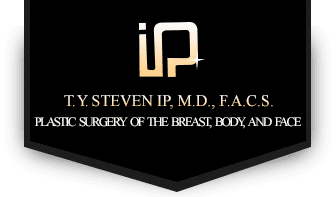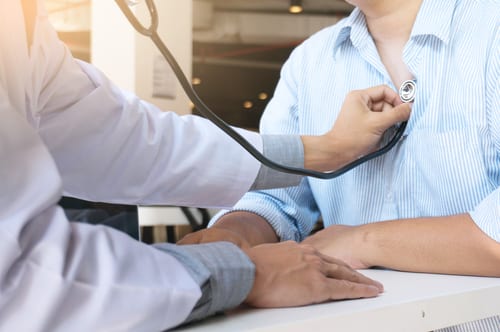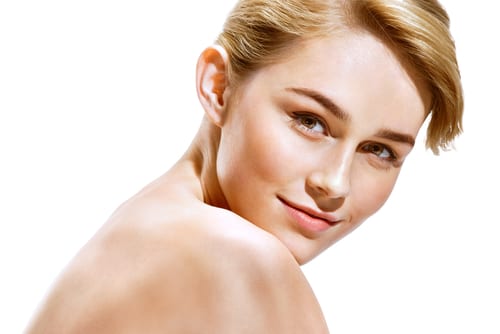What is laser skin resurfacing?
To get young looking skin, most of Dr. Steven Ip’s patients prefer the use of laser skin resurfacing to get rid of fine lines, wrinkles, and other skin blemishes across the facial area. This state-of-the-art technology makes use of laser energy that allows doctors to execute a more precise and focused level of skin renewal, designed to make the skin beautifully clearer and smoother without the need for conventional surgery.
Why should I consider laser skin resurfacing?
Laser skin resurfacing is a very good option for patients that have minor issues with their skin including wrinkles or fine lines on the forehead, around the mouth, or under the eyes. It is also used to correct scarring due to acne or other skin conditions like chickenpox, sun damage, skin discoloration, warts, liver spots, and birthmarks.
What should I expect from laser skin resurfacing?
Typically, the preparation for laser skin resurfacing begins about six weeks prior to the actual procedure to prepare the patient’s skin for the laser treatment. These customized skin treatments are designed based on the patient’s specific skin type and essentially conditions the skin to minimize the occurrence of complications, while also getting it ready to produce best possible results from the laser skin resurfacing procedure.
-
Prior to the procedure itself, Dr. Ip begins by applying local anesthetic on the indicated areas of the face to help minimize discomfort during the procedure. The patient may also be given sedatives to help them relax.
-
There are two types of laser skin resurfacing methods that are commonly used:
-
- Erbium laser resurfacing is used to remove superficial wrinkles as well as moderately deep facial lines. This type of laser is also effective when used on the hands, the neck, and the chest for the same purpose.
- CO2 laser resurfacing is the more common technique and makes use of carbon dioxide lasers to deliver short ultrapulses, or continuous beams of light energy onto the indicated areas. This type of laser is the preferred choice because it is able to remove very thin layers of the patient’s skin with precision and produces very little to no damage on the surrounding tissues
-
Once all of the indicated areas have been addressed, the doctor applies a protective dressing over the treated areas to promote healing.
What should I expect after laser skin resurfacing?
After the treatment, the skin may appear reddish in color, and this may persist for several months as the skin begins to regenerate. During this period, your skin will be extremely sensitive to sunlight, and you will need precautionary methods, such as the liberal application of sunscreen daily, to ensure that it is protected. The skin’s texture and your overall complexion will progressively improve after treatment.


